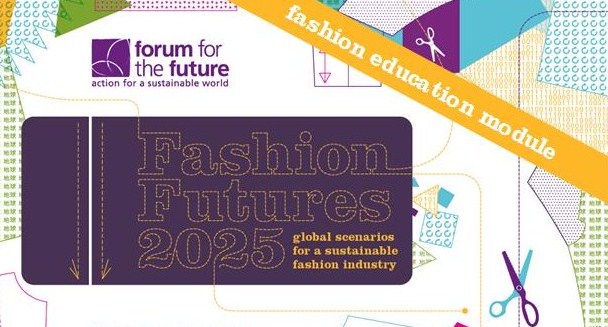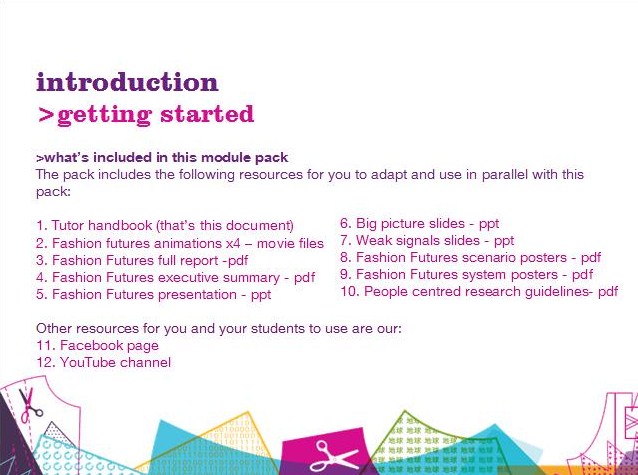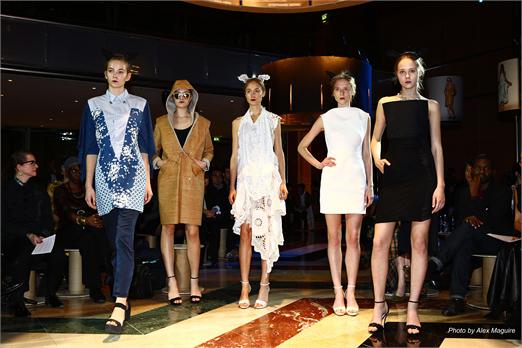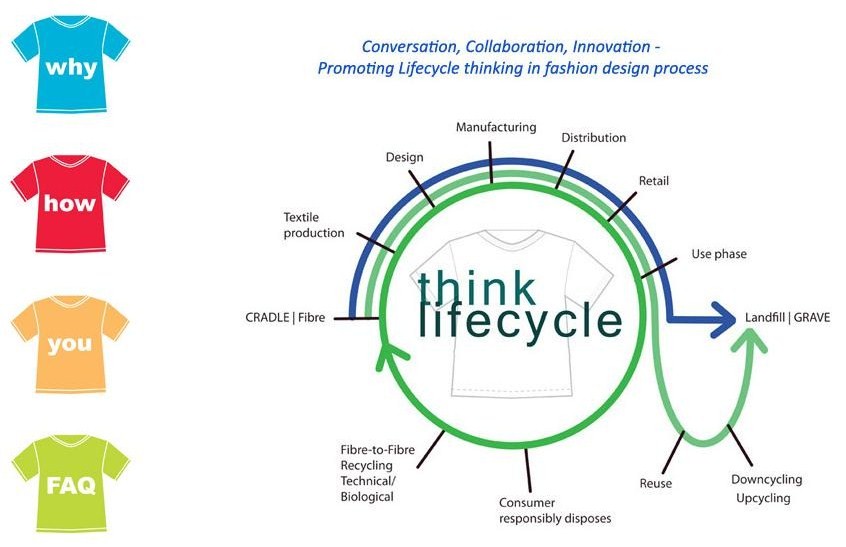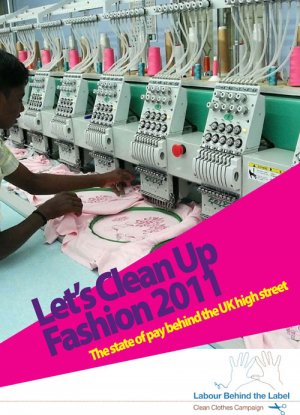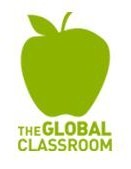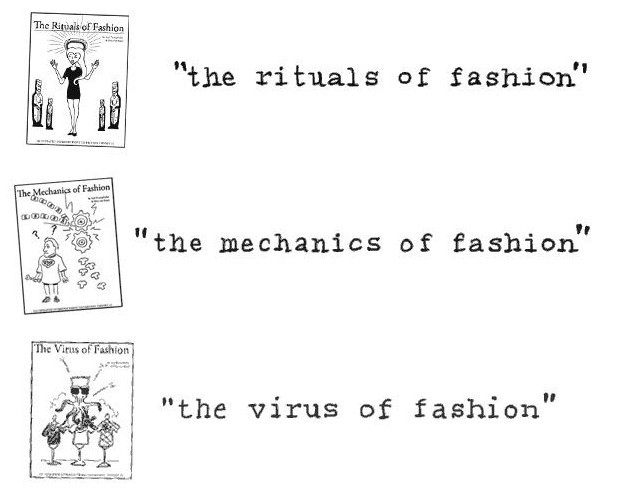New Resources for tutors and students!
What will the fashion industry be like in 2025? How might the role of the designer or consumer change? And what can we do now to shape our future?
Thinking about the future can be daunting because we are bound by what we know and what we have experienced, but it can also help us to see things from another perspective; to inspire debate and innovation. In response to this, Fashion Futures has designed four scenarios that help us to picture the future beyond our existing knowledge of the fashion industry. Each scenario is presented through a range of materials that are creative and thought provoking. Although the project has been available since 2010, a new set of educational resources has recently been added to support the use of these scenarios at the university level.
In my experience, sustainability can be off-putting to some tutors and students, especially when the issues appear to demonise fashion or where there is a negative focus. For others who are already engaged with these issues, social and environmental concerns can sometimes lead us to question why we are in fashion at all. This project opens up the sustainability debate by presenting it in a broader context, challenging preconceptions, and exploring opportunities. A highlight of this program is that it introduces ‘design thinking’ to a fashion audience. Design thinking involves taking a human centred, collaborative approach to complex design problems. Its methods include user-centred research, brainstorming and prototyping. With this practical framework, students are guided through a thinking process that addresses these ‘big’ issues in a positive and empowering way.
Fashion Futures 2025, is a good introduction to a wider debate on how we can redefine the fashion industry to better suit the needs of both people and planet. Information about this project, including the new materials for tutors and students, can be found on the Fashion Futures website.
Stay tuned for more on this project, as SA will be featuring this Forum for the Future resource in the SA Google Earth Module which will be released later this year.
Other Resources //
Ted Talk Tim brown urges designers to think big
Design thinking for social innovation By Tim Brown & Jocelyn Wyatt
